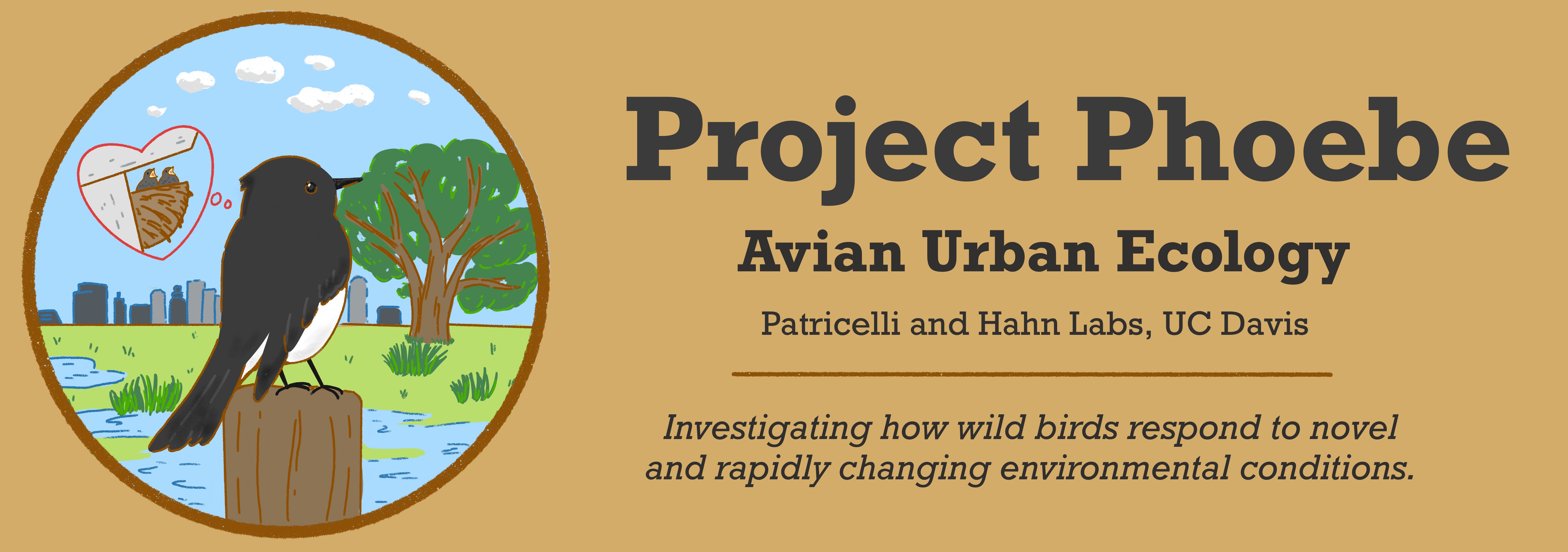Urban Field Guide: Western Black Widow Spider (Latrodectus hesperus)

Dangling from her wide-spun web, the Western Black Widow watches over quiet corners and domed brush piles. Wood and stone structures provide these spiders shelter from the wind and rain. As such, cities are appealing spots for Widows to set up shop. They look for places awash in chemical signals from insects like garages or near waste disposal, where they’ll wait patiently– sometimes for weeks on end– for an unlucky bug to wander into their web. If you think you’ve spotted a female– the larger and more dangerous kind– look for the orange-red hourglass-shaped mark on their abdomen. Despite what the name might suggest, these arachnids are much more that the vicious predators that popular culture makes them out to be.
Notable Features
- Watchful Parents: Female Western Black Widows make egg sacs containing about 200 eggs each within their web. They guard them fiercely from any threats during their two week development. In fact, one of the only times a Widow will be compelled to bite at all is when she detects a threat to her young. Otherwise, they are generally skittish and will avoid conflict with larger animals like humans if they can– only biting and using their potent venom as a last resort. Once the eggs hatch, the babies will undergo “ballooning”, using a strand of silk to hitch a ride on the wind in search of their own home.
- Reluctant Cannibals: The “widow” term in the name of this spider comes from the belief that members of the species cannibalize one another– especially after mating. In reality, this typically only happens under desperate circumstances, when the female is starving and needs something to eat right away. If that happens to be an unworthy suitor, so be it! Typically, though, Western Black Widows prefer to keep to themselves and do not seek out other members of their species to snack on.
- City Slingers: Western Black Widows seem to thrive in cities, and recent research suggests that these city-dwelling arachnids have undergone a number of behavioral changes, such as being more aggressive to prey and other members of their species– perhaps dealing with a more crowded and competitive environment. (https://www.sciencedirect.com/science/article/abs/pii/S000334721400116X?via%3Dihub. Cities also seem to be hubs of genetic diversity for Western Black Widows, with crowded city blocks actually increasing the flow of different genes between populations as they balloon from building to building (Miles et al. 2018).
Spiders can often get a bad rap, and Widow spiders get an especially bad one because of their rare but painful bite. But too much fear of another species can be dangerous– for both people and for the species itself. Spiders are an important part of any ecosystem, helping control insect populations. By studying how these spiders are adjusting to city life, we can help make cities more hospitable to all organisms, even the ones just hanging out in our garage.
I have seen little black widow spiderlings drifting through the wind – it warms my heart. With each youngster spider I see, I take a moment to wish it safe travels and a happy landing. – A.J.
References
- Johnson, J. C., Miles, L. S., Trubl, P. J., & Hagenmaier, A. (2014). Maternal effects on egg investment and offspring performance in black widow spiders. Animal Behaviour, 91, 67–73. https://doi.org/10.1016/j.anbehav.2014.02.031
- Miles, L. S., Dyer, R. J., & Verrelli, B. C. (2018). Urban hubs of connectivity: Contrasting patterns of gene flow within and among cities in the western black widow spider. Proceedings of the Royal Society B: Biological Sciences, 285(1884), 20181224. https://doi.org/10.1098/rspb.2018.1224

